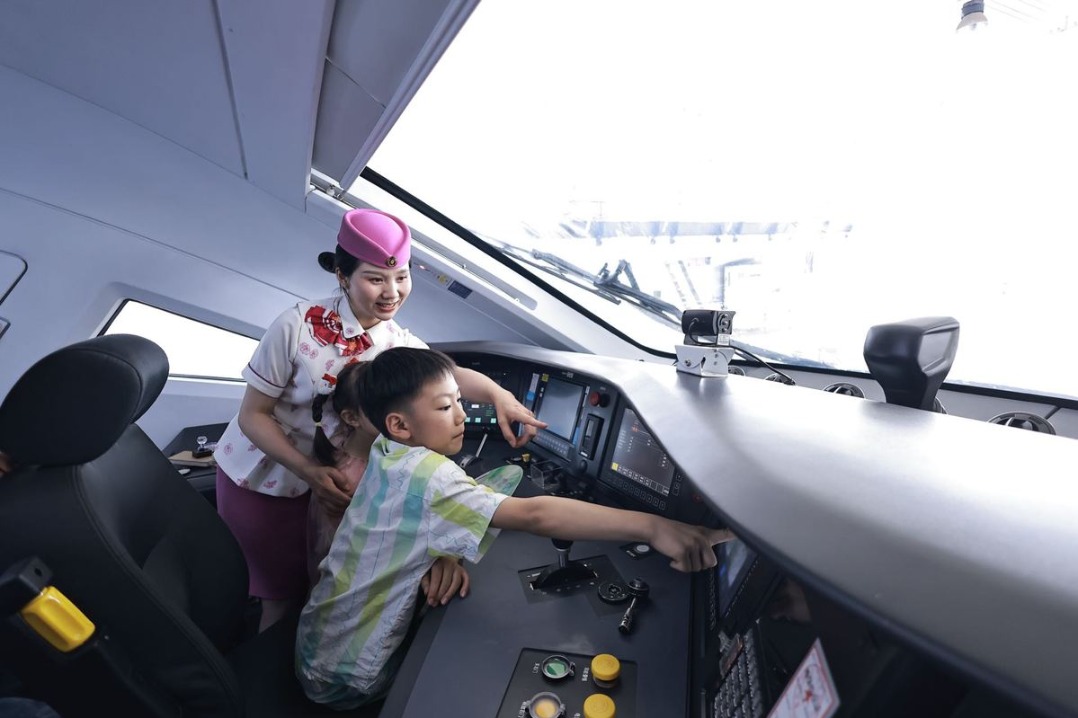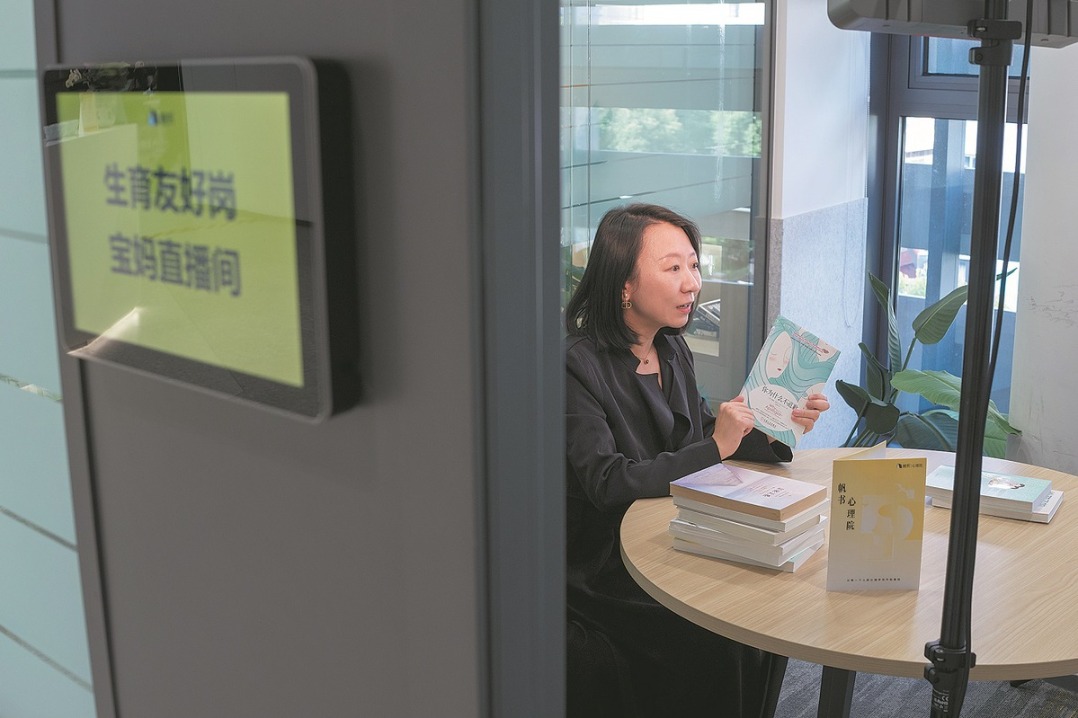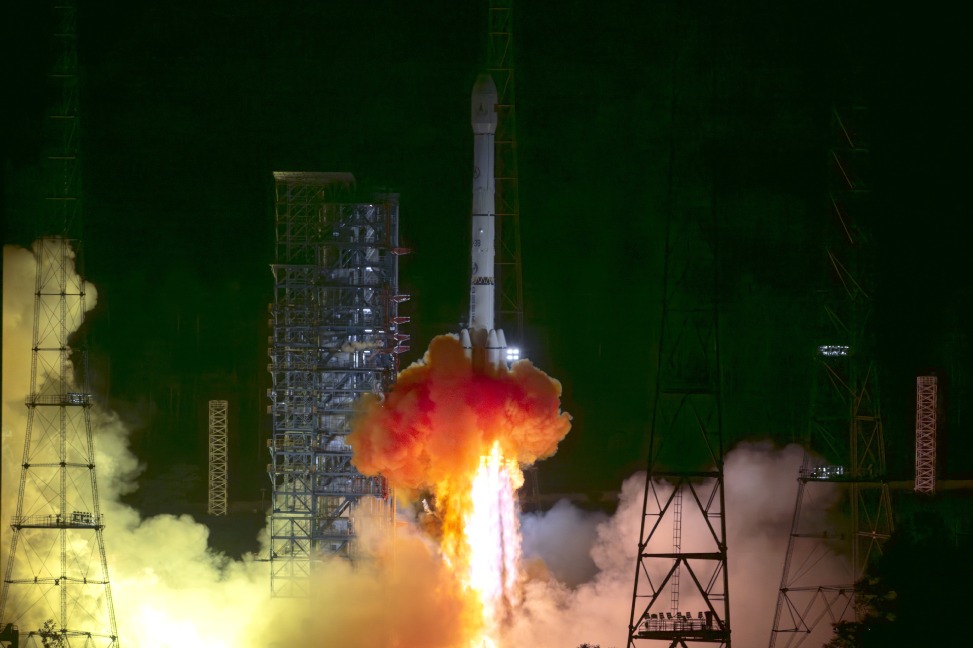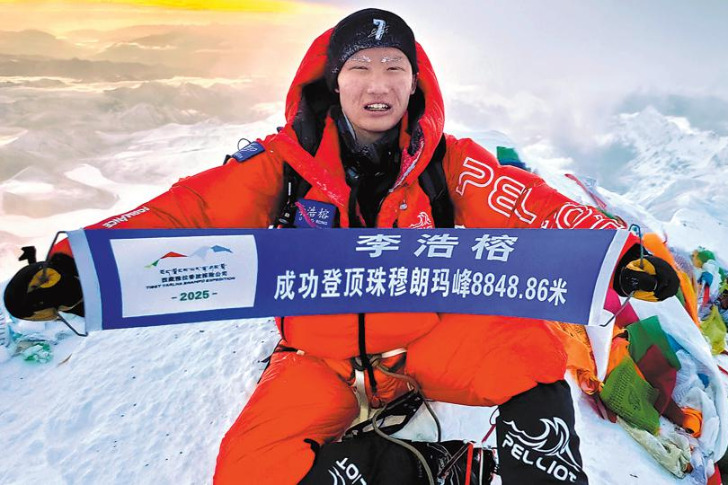China Focus: What's the breakthrough made in rocket launch of Tianwen 2 mission

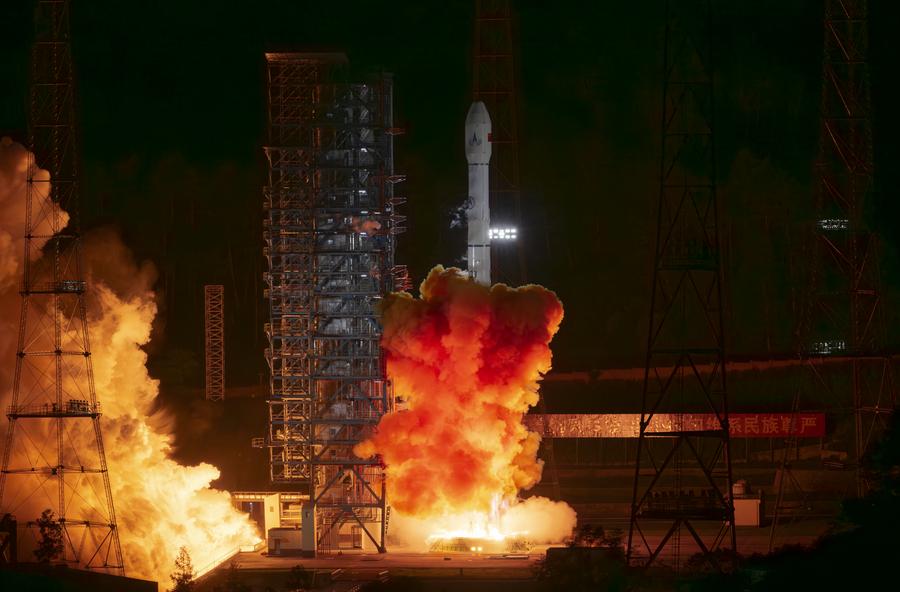
XICHANG -- China successfully launched its first asteroid sample-return mission, Tianwen 2, in the early hours of Thursday, an endeavour designed to shed light on the formation and evolution of asteroids and the early solar system.
The mission marks the 578th launch of the Long March series of carrier rockets. The Long March 3B rocket, which serves as the primary vehicle for China's high-orbit launches, holds the record for the highest number of launches in the country, having completed 108 missions, according to the China National Space Administration (CNSA).
It has previously been involved in lunar exploration projects such as the Chang'e 3 and Chang'e 4 missions.
China Aerospace Science and Technology Cooperation (CASC), the rocket developer, noted that the Tianwen 2 mission, however, marks the first time the Long March-3B rocket series has been used for a launch to escape Earth's orbit.
In previous missions sending payloads into the Earth's orbit, a rocket is required to achieve a separation velocity equal to the first cosmic velocity, or approximately 7.9 kilometers per second.
However, this mission requires a separation speed exceeding 11.2 kilometers per second, known as the second cosmic velocity, to escape the Earth's gravitational influence, necessitating high speed and energy, said the agency.
Moreover, asteroids are characterized by their small size, low mass, and weak gravity, making them challenging to capture and requiring exceptional precision in the rocket's trajectory.
During this launch, the rocket reached a speed of 11.2 kilometers per second, with a permitted speed deviation of no more than one meter per second, which could otherwise lead to a positional error of up to one million kilometers.
"Achieving such trajectory precision is akin to shooting a basketball from Shanghai to hit a hoop in Beijing, while ensuring the ball's angle and speed upon entering the hoop are correct," said the CASC.
After evaluating the rocket's payload capacity, performance capability, and reliability, Long March 3B was chosen as the dedicated vehicle for the Tianwen 2 mission, it said.
The rocket design team has spent two years completing multiple design iterations so as to achieve seamless "handoff" between the rocket and the probe.
- What's the breakthrough made in rocket launch of Tianwen 2 mission
- China warns Golden Dome may trigger arms race in outer space
- Chinese defense ministry warns 'Taiwan independence' attempt leads nowhere
- Intriguing baya weaver nests adorn Mengboluo River in Yunnan
- Over 800 companies attend intl agricultural machinery expo in Xinjiang
- Inner Mongolia completes key clean energy transmission line

















